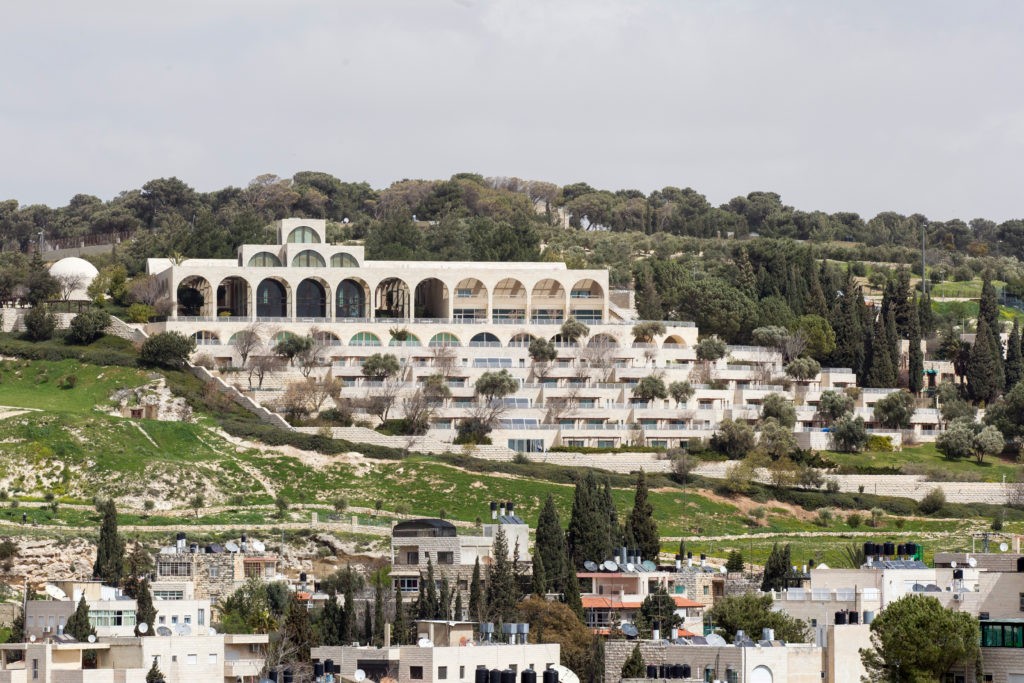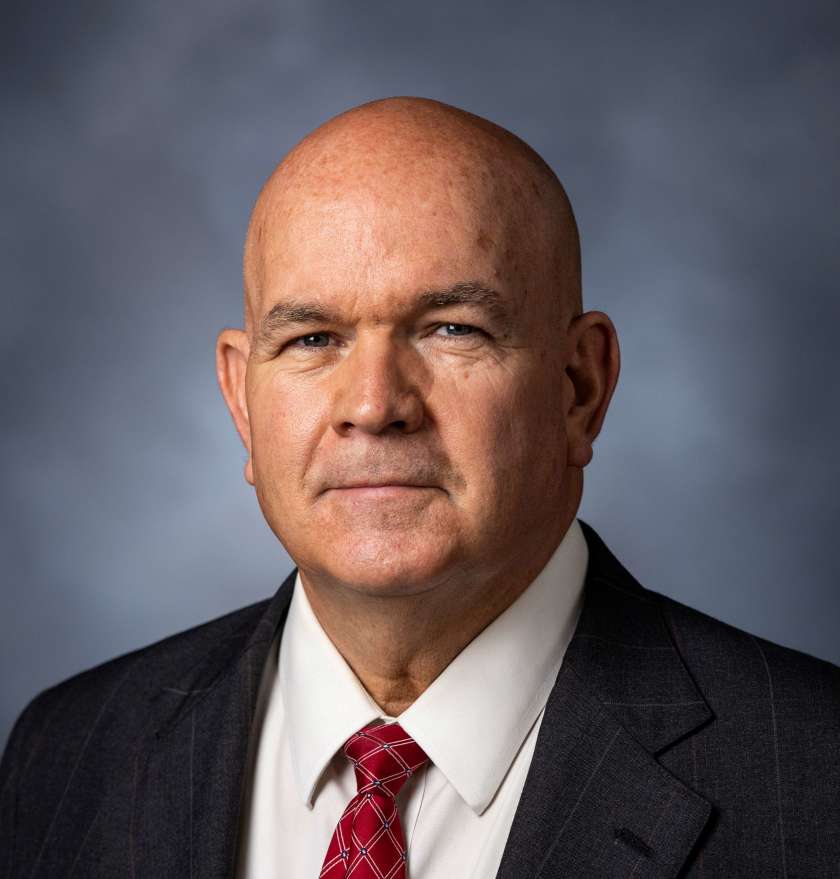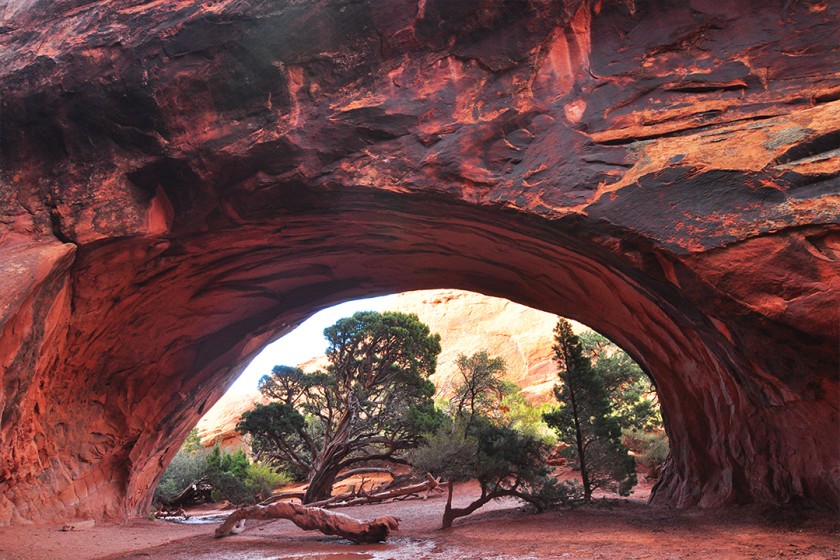J. Reuben Clark Law School

The J. Reuben Clark Law School will launch a new initiative with the Jerusalem Center in late April and early May. The three-week initiative will allow 12 students interested in international law and conflict resolution to study the conflict between Israel and Palestine up close. The program is funded entirely by donors, according to BYU Law Dean D. Gordon Smith and will feature a curriculum created by BYU law professors Ben Cook and Eric Jensen. The goal is to get students outside of the classroom and give them real-world experience in dealing with international conflict and law.
“The most important thing they will get (from this program) is a very practical, a very real application of international law and conflict resolution,” Jensen told The Salt Lake Tribune. “It is one thing to study those topics sitting in a sterile classroom in Provo, Utah. It’s another thing to be actually on the ground where this conflict exists.”

College of Life Sciences
Plant and wildlife sciences professor Bryan Hopkins won an award from the Soil Science Society of America. The award is for contribution to soil sciences and Hopkins is one of the 0.3% of society members to receive an award this year for his work.
Hopkins has authored over 100 peer-reviewed publications and is regarded as an expert in the field of biophysical soil chemistry. After receiving his bachelor’s and master’s degrees at BYU, he went on to receive his Ph.D. in soil chemistry and plant nutrition at Kansas State University. Hopkins is now a member of the American Society of Agronomy, a Soil Science Society of America certified professional soil scientist and coordinator of the society’s North American Proficiency Testing Program.
College of Physical and Mathematical Sciences

Geological sciences professor Thomas Morris and his students are studying Utah’s landscapes to answer questions about the state’s geological history. Their studies take them to the San Rafael Swell 80 miles outside of Arches National Park, where layers of sedimentary rock are easily visible without digging. Each layer reveals what the Earth looked like at that point in time, allowing geologists to see history right in front of them. Their current findings from studying the state’s depositional systems help reveal where oil and gas wells may be. Morris said the most rewarding part of the endeavor is working with the students.
“They turn into your kids. You work with them for two and a half years, even longer when they’re your undergraduate students and you get to know them as a person,” Morris said. “A lot of my students have been very successful, and it’s just rewarding. It’s rewarding to work with them on a daily basis.”




